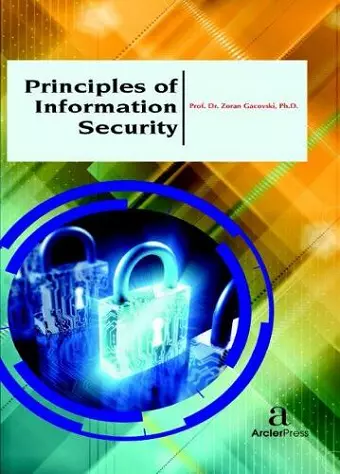Principles of Information Security
Format:Hardback
Publisher:Arcler Education Inc
Published:30th Nov '16
Should be back in stock very soon

The need for computer and network security dates since the ’80-s of the last century. The first computer networks were local and in an academic setting, so there was large confidence among users associated with them (there were almost no security problems). With the sudden development of the information technology and the today’s Internet, the first abuses occurred along with the need to protect private and corporate data. Today, information safety is crucial and it is most evident especially in the e-commerce and e-business. The information is a vital corporate’s property and it has enormous value. The information security, primarily comprising computer and the network security, is mainly concerned with the data protection (privacy), data integrity and data availability. This edition covers main security concepts, such as authentication methods, intrusion detection and prevention, cloud security protocols, and cryptography.
Section 1 focuses on user authentication, describing a discrete wavelet transforming of a digital moving image, personal identification by keystroke dynamics, anonymous authentication protocols for vehicular ad hoc networks, and privacy-preserving authentication protocols for wireless mesh networks.
Section 2 focuses on intrusion detection and prevention, describing feature selection for intrusion detection by random forest, mobile phishing attacks and mitigation techniques, enhanced dragonfly key exchange protocol, intrusion detection & prevention system based on artificial neural network, and detection of sophisticated network threats via novel micro-proxy architecture.
Section 3 describes cloud security, including anomaly detection systems in cloud networks, quantifying the impact of security threats to cloud data centers, extensible authorization service for cloud environments, and confidentiality and fine-grained data access control of cloud data storage.
Finally, Section 4 discusses about cryptographic methods, describing telecom services using quantum cryptographic mechanisms, evolution of a symmetric quantum cryptographic algorithm, generators of pseudorandom sequences based on shift register, information assurance based on cryptographic checksum, and visual cryptography based digital image copyright protection.
ISBN: 9781680944624
Dimensions: unknown
Weight: unknown
206 pages